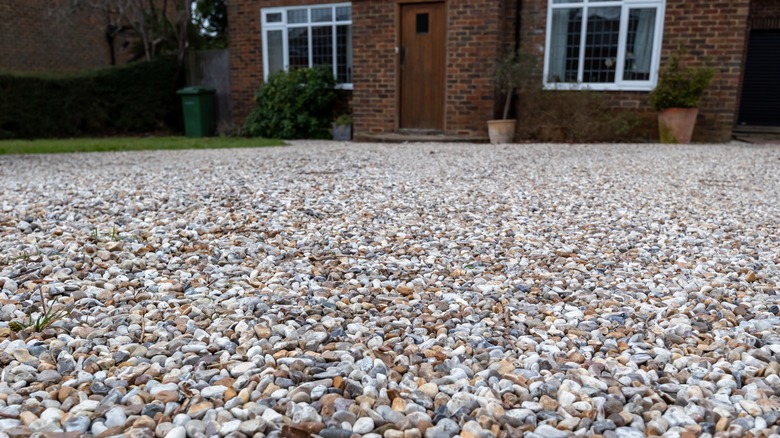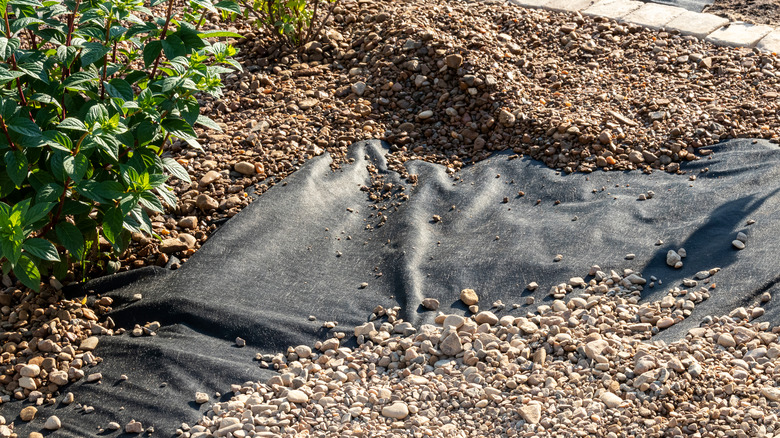How To Determine The Best Underlayment For Your Gravel Driveway
For many homeowners, gravel is an appealing and inexpensive option for driveways. At only $1 to $3 per square foot depending on the type you choose, it's hard to beat that price. However, gravel driveways require a lot of maintenance, so an underlayment is one option to save yourself from future headaches. But determining the best option for your home doesn't have to be as complicated as you may think.
There are numerous types of underlayment available, including weed barrier or geotextile fabrics, concrete, tarmac, and gravel grids. At first glance, all of these options may seem overwhelming. However, you can easily narrow it down by looking at key factors like what material is compatible with your gravel choice, its longevity, and the type of land that your driveway is on.
For example, if your gravel driveway is meant to be semi-permanent then a fabric underlayment is an affordable choice. But while fabric lasts longer than other gravel underlayment alternatives like plastic sheeting, it often tears easily, isn't compatible with large chunks of rock, and isn't a great option for hills. On the other hand, gravel grids are more expensive but they're compatible with more types of gravel. In addition, grids last over 25 years, and you can place them on slopes.
What are the benefits of using gravel underlays?
Purchasing an underlayment for your driveway may seem like an unnecessary cost. Gravel driveways are already made up of multiple layers of rock, so why add on another step? But the drawbacks of gravel driveways are well-documented including their instability and tendency to erode; plus, without a border, loose gravel will end up spreading all over your yard.
By installing underlayment, you provide your driveway with additional stability that helps to prevent issues like potholes and ruts. Placing another barrier between your driveway and the earth cuts down on annoying weed growth, too. You also don't have to worry about a ton of additional hassle as underlayment is easy to install. In most cases, installation can be completed in a single day.
Ultimately, an underlayment can improve your driveway's lifespan and cut down on the cost of repairs in the future. Even if you plan to DIY all your maintenance, the time that an underlayment saves you on tasks, such as filling in potholes, means it may still end up paying for itself.

